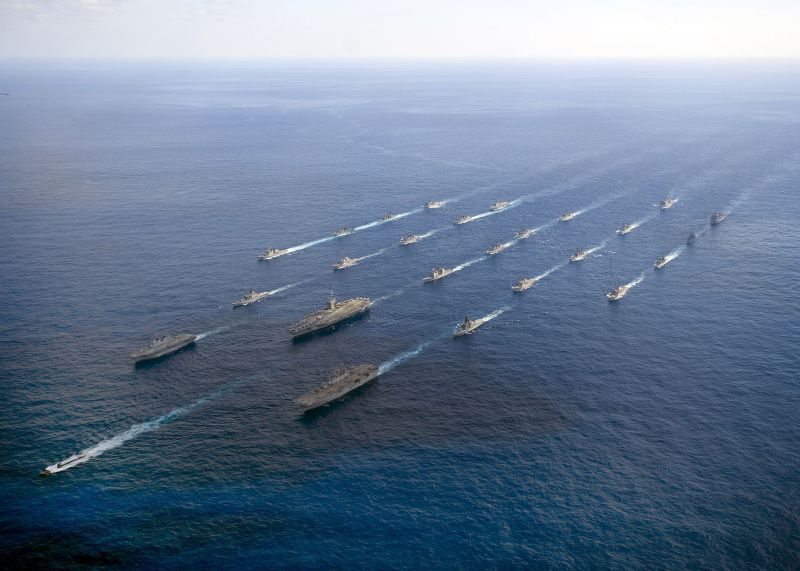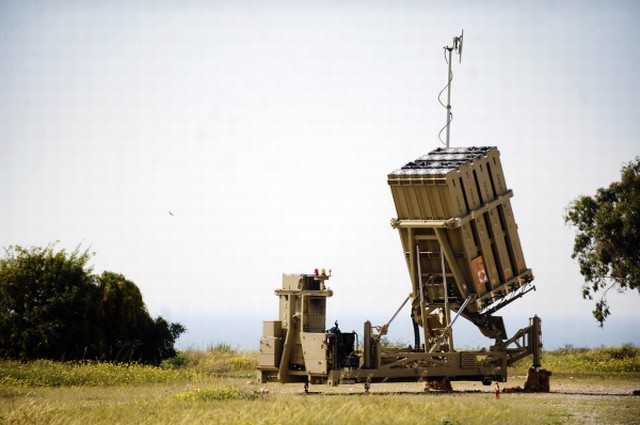The US military has fewer ships to send as reinforcements in a crisis because of budget cuts that have slashed funds for maintenance and training, the Navy’s chief warned Friday.
The Navy will maintain one aircraft carrier and one amphibious ship group in the Middle East and in the Pacific, even under multi-billion dollar automatic budget reductions, said Admiral Jonathan Greenert, Navy chief of staff.
“But the issue is the backup — that would be the surge force. We’re not where we need to be in that regard,” Greenert told a news conference.
A year ago the Navy had up to three aircraft carriers and three amphibious ship groups in reserve ready to deploy as reinforcement at a moment’s notice.
“If there were a contingency, (if) we had to take on a large operation, the surge force would be a concern,” he said.
“And the concern would be the capabilities that we would bring and whether or not they were the right capabilities.”
Funding for ship repair work and training for sailors has been scaled back due to the automatic cuts in the federal budget, which has forced a $37 billion reduction in military spending for the current fiscal year ending in September.
And without a political deal between Congress and President Barack Obama, the Pentagon will have to cut $52 billion in fiscal year 2014, which would mean a $14 billion reduction for the Navy’s spending plans, according to Greenert.
The automatic cuts, known as sequestration, will mean a 14 percent cutback on all Navy accounts, except those for manpower, while ship maintenance would face a “significant reduction,” he added.
Outlining the American naval presence around the world, Greenert said the Navy was sticking by its decision to keep only one of its aircraft carriers, along with accompanying battle ships, in the Gulf at all times.
In the past, the Pentagon had a policy of keeping two carriers in Middle Eastern waters for about nine months of the year, a requirement referred to as “1.7” presence.
But Greenert said military leaders had concluded that, under current fiscal pressures, it was more efficient to spend funds on ship repairs and combat readiness, instead of investing in a larger carrier presence in the Gulf.
In the eastern Mediterranean, the Navy has deployed an amphibious assault ship, the USS Kearsarge, and an amphibious transport dock ship, the USS San Antonio, for a range of potential missions due to “the dynamics of that part of the world,” said Greenert, without specifically mentioning Syria’s civil war.
Despite the budget squeeze, the US Navy has a fleet of 286 ships, including ten aircraft carriers, making it the largest in the world by far. And there are about 55 new naval ships currently under construction.











